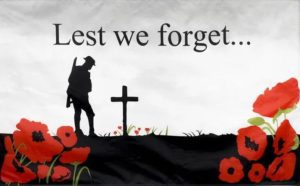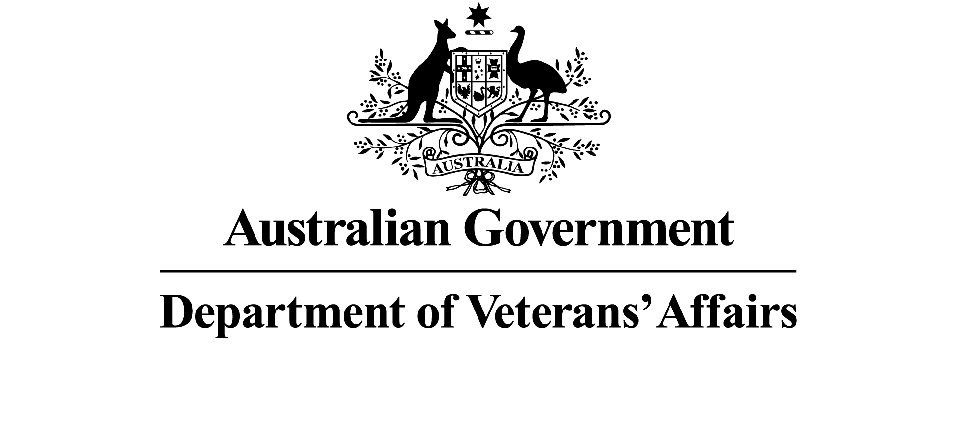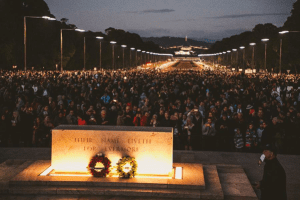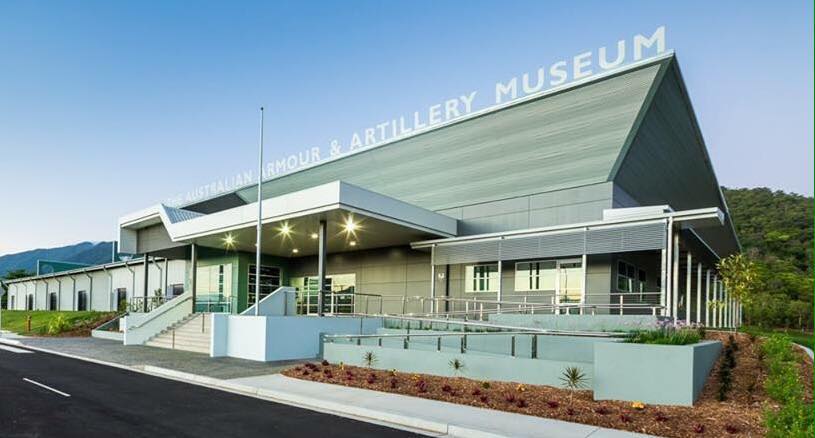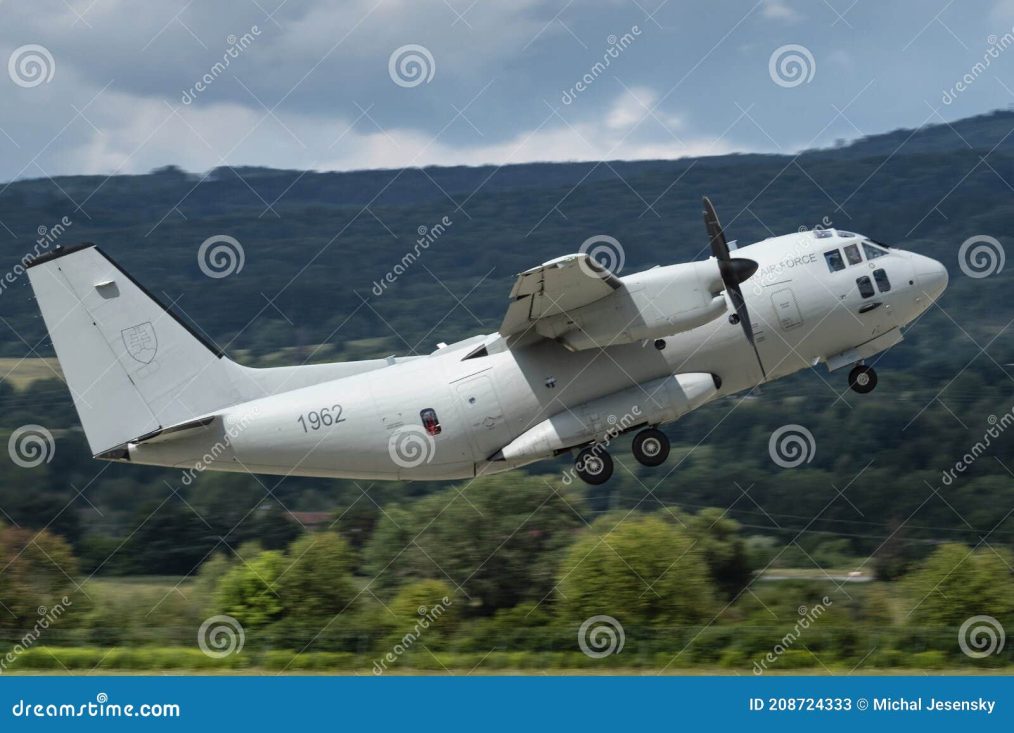An ANZAC essay by Year 11 student, Lisa Cartwright
In the spring of 1918, as the First World War dragged into its fourth year, the German Army launched a massive offensive on the Western Front. Known as Operation Michael, this offensive marked the beginning of the German Spring Offensive, aimed at decisively defeating the Allies before American forces could arrive in full strength. Within this broader campaign, the First and Second Battles of Villers-Bretonneux became critical episodes that helped to decide the fate of the front line in northern France.
Strategic Context
By early 1918, the withdrawal of Russia from the war following the Bolshevik Revolution allowed Germany to transfer over fifty divisions from the Eastern to the Western Front. These reinforcements gave the Germans a brief window of numerical superiority. Their commander sought to use this advantage to break through the Allied lines and capture key transport and communication hubs. The town of Amiens, located in northern France, was one such target. A major railway junction, its loss would have dealt a severe blow to Allied logistics.
Villers-Bretonneux, a small village east of Amiens, stood directly in the path of the German advance. In late March 1918, as German troops pushed westward, Allied forces moved rapidly to defend the approaches to Amiens, including Villers-Bretonneux.
The First Battle of Villers-Bretonneux (30 March – 5 April 1918)
As Operation Michael unfolded, German forces launched repeated attacks against Allied positions around Villers-Bretonneux. The defence was manned by a combination of British and newly arrived Australian units. Among them was the 9th Australian Infantry Brigade, rushed south from Belgium to reinforce the thinly held line.
On 30 March, German troops attacked near the village of Le Hamel, with limited gains. Further attempts around Hangard Wood succeeded in capturing ground, prompting additional Allied counter-attacks. The French First Army, positioned to the south, was also pressured but managed to regain some of the lost territory.
By early April, Villers-Bretonneux was held by a line comprising British and Australian troops. On 4 April, a concerted German effort almost succeeded in breaching the Allied defences. The British 14th Division was forced to withdraw under pressure from the German 228th Division, which created a gap near Le Hamel. The Germans advanced to within 400 metres of Villers-Bretonneux.
In response, the acting commander of the Australian 9th Brigade ordered a counter-attack late in the day. Several Australian battalions, supported by British troops and cavalry, launched a swift offensive that drove the German attackers back beyond the village, halting their advance toward Amiens. This counter-stroke effectively marked the end of the First Battle of Villers-Bretonneux.
Aftermath and Analysis
Though costly, the battle was a tactical success for the Allies. It marked the final thrust of Operation Michael in the Amiens sector. Unable to break through the reinforced line, the Germans were forced to shift their focus to other sectors. The strategic intent of capturing Amiens had been frustrated, in large part due to the staunch resistance around Villers-Bretonneux.
The Australian 9th Brigade suffered approximately 2,400 casualties from an initial strength of 3,500. German casualties are estimated to have ranged between 8,000 and 10,000 for the regiments engaged. The British 18th Division also endured heavy losses but captured hundreds of German prisoners.
The Second Battle of Villers-Bretonneux (24–27 April 1918)
The respite was short-lived. In late April, the Germans launched a renewed offensive to capture Villers-Bretonneux and threaten Amiens once more. In the days leading up to the assault, German forces used chemical weapons, including mustard gas, which caused over a thousand casualties among Australian troops.
On 24 April, German infantry, supported by tanks, launched a major assault that breached Allied lines. Villers-Bretonneux fell into German hands. Notably, this engagement saw the first tank-versus-tank battle in history. Three British Mark IV tanks encountered three German A7V tanks. The outcome was mixed: two British “female” tanks, armed only with machine-guns, were driven off, while the lone “male” tank, equipped with heavier guns, succeeded in disabling the lead German tank, forcing the others to retreat.
After the fall of Villers-Bretonneux, Allied forces prepared a counter-attack. Two Australian brigades and a British brigade were selected for a night-time operation to envelop and retake the town. The attack was launched at 10:00 p.m. on 24 April. Despite fierce machine-gun resistance and mounting casualties, the attackers managed to encircle the town.
By dawn on 25 April—coincidentally, the anniversary of the Gallipoli landings—Allied troops had recaptured Villers-Bretonneux. British forces, attacking from the north, suffered considerable losses but played a vital role in isolating the town. The success of this operation secured the eastern approaches to Amiens for the remainder of the war.
Role of the Moroccan Division
On 26 April, a Moroccan division of the French army joined the action, launching an offensive south of Villers-Bretonneux. Their intervention proved decisive in stabilising the front. Though this French contribution is less known in popular Australian accounts, it was crucial. The Moroccan division helped to relieve Australian units and push the German line further east.
Operational difficulties arose from differences in tactics and coordination between the French and Australian forces, particularly in defending newly won positions and conducting troop relief. Nevertheless, the combined effort of British, Australian, and French forces resulted in a significant defensive success.
Legacy and Conclusion
The twin battles of Villers-Bretonneux were among the most important engagements of the German Spring Offensive. They preserved Allied control of Amiens, a vital logistical hub. The First Battle saw a determined stand that thwarted the initial German breakthrough, while the Second Battle featured one of the most effective and audacious counter-attacks of the war.
These engagements were marked by innovation—such as the use of tanks on both sides—and by determined infantry action in the face of overwhelming odds. The successful recapture of Villers-Bretonneux came at a high cost: Australian, British, and French forces suffered more than 15,000 casualties between them. German losses were similarly severe.
The battles also forged lasting bonds between the town and the Australian nation. To this day, Villers-Bretonneux honours the memory of those who fought and died there, symbolising the enduring legacy of shared sacrifice in the First World War.
